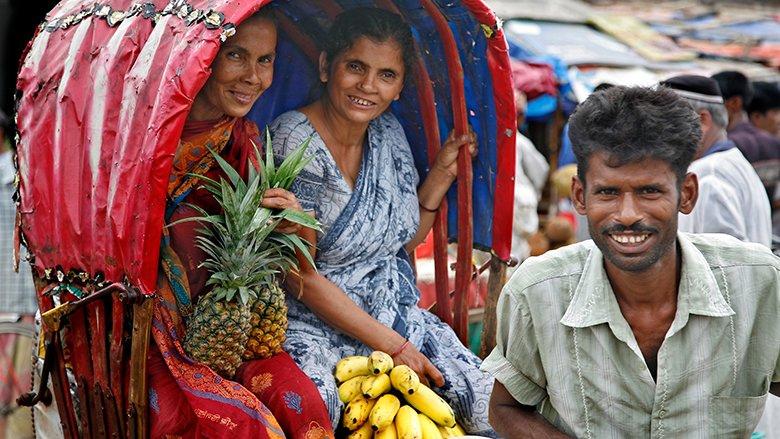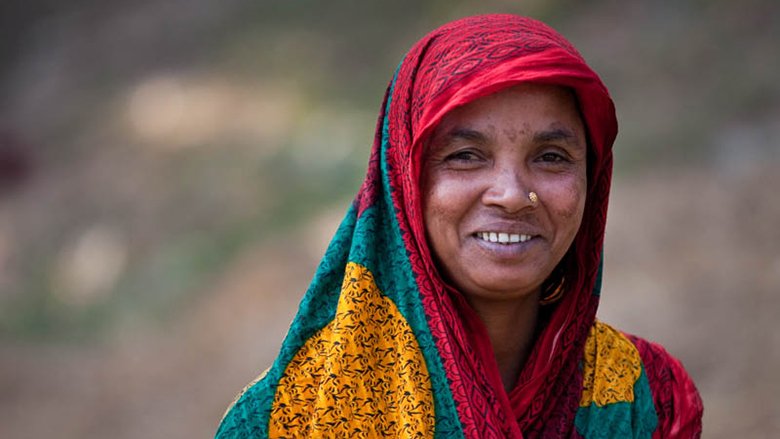Sustained economic growth led to improved living conditions and a reduction in extreme poverty to 5.0[i] percent in 2022 from 9.0 percent in 2016, says the new World Bank report, the Bangladesh Development Update October 2023, New Frontiers in Poverty Reduction. The level of extreme poverty in Bangladesh is now comparable to Latin America and the Caribbean countries, and fares better than the South Asian average. Other measures of wellbeing also improved, including reduced infant mortality and stunting, and improved access to electricity, sanitary toilets, and education. Rural areas experienced faster poverty reduction than urban areas. However, inequality has slightly narrowed in rural areas and widened in urban areas.
While this progress is encouraging, the economy faces significant new challenges from balance of payment deficit, rising inflation, and financial sector vulnerabilities. Real GDP growth decelerated in FY23 to 6.0 percent from 7.1 percent in FY22. On the supply side, industrial production slowed due to disruptions in the import of raw materials, higher energy prices, and power and gas shortages. On the demand side, private consumption and investment growth slowed as a result of high inflation and rising uncertainty. The trade deficit narrowed, supported by import compression and resilient export growth. Inflation accelerated following an increase in administered energy prices and depreciation of the currency.
Transmission of a contractionary monetary policy has been impaired by caps on lending interest rates. Private sector credit growth decelerated amid tighter liquidity conditions, reduced demand for trade finance, and rising uncertainty. Public sector credit growth surged due to the government's heightened borrowing from the banking sector, partially the result of a shift away from National Savings Certificates. Liquidity within the banking system remained constrained due to BB dollar sales and declining deposit growth, driven by negative real interest rates and weak depositor confidence. Banking sector vulnerabilities deepened, with a rise in stressed assets.
Financial sector vulnerabilities remained high. According to the Bangladesh Bank’s Financial Stability Report, there was also a significant increase in non-performing loans, rescheduled loans, and written off loans.
The external sector remains under pressure. The current account deficit narrowed in FY23 to US $3.3 billion from US$ 18.6 billion in FY22, supported by resilient export growth and import suppression measures. Growth of official remittance inflows stagnated, despite strong demand for overseas workers. A persistent gap between official and informal exchange rates disincentivized the use of official banking channels for remittance inflows. The financial account moved into deficit, as trade credit and medium and long-term borrowing contracted sharply. Exchange rate flexibility was insufficient to clear the FX market, despite modest depreciation.


